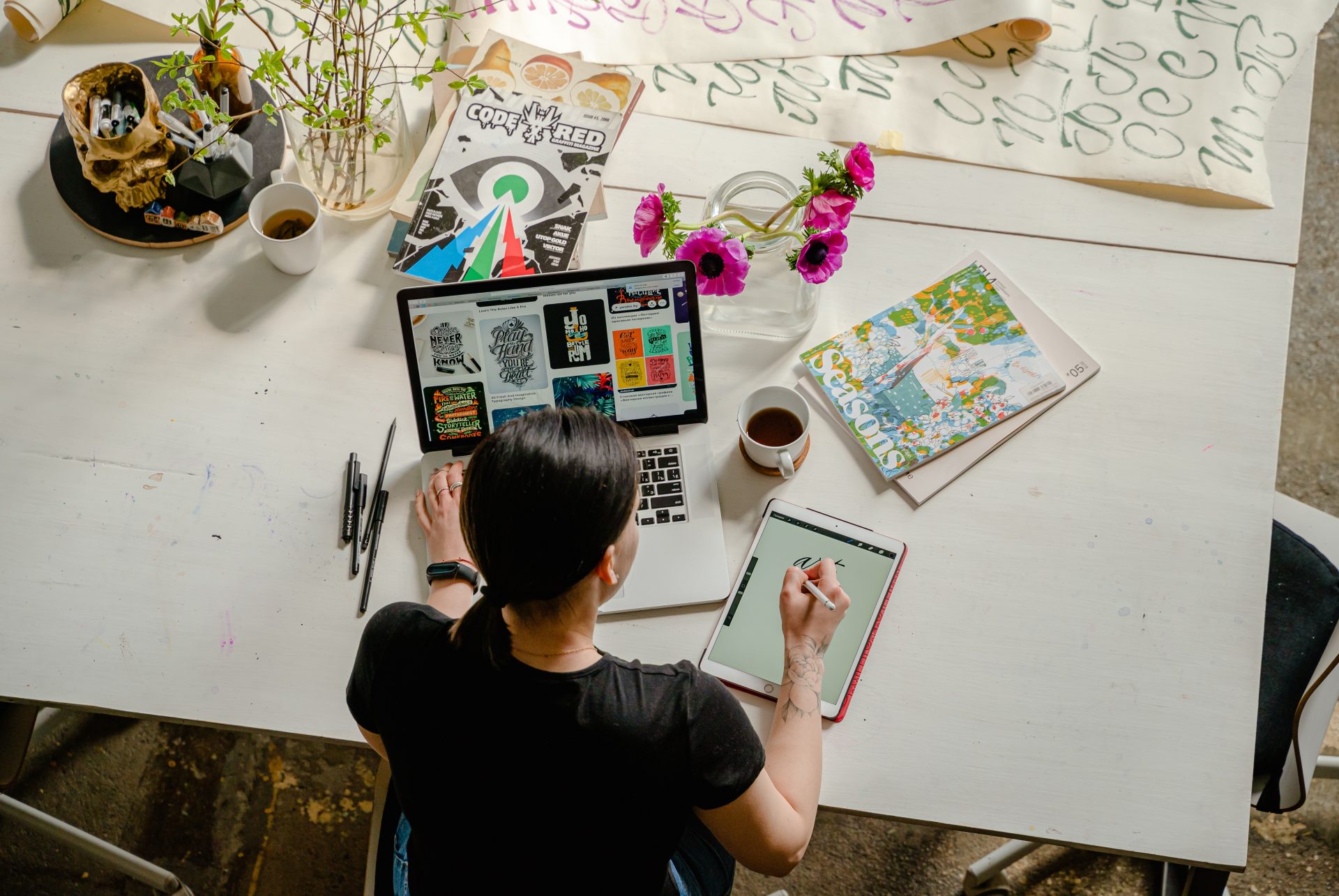Whether you’re a blog-writer by trade or just searching for ways to drive traffic to your business’ website, at one time or another, you’ve probably been confronted with this question:
To image or not to image?
In all seriousness, the question of whether the addition of images boosts SEO has been a topic of debate for a while now. The fact that the answer to the question is “Yes!” has only become more clear with time. Now, the question is less “to do or not to do” and more “how to.”
The basics
By “image SEO,” we basically just mean optimizing your chosen graphics to make search engines like your webpage a little more. By providing additional context to your image, you help search engines pull them to surface, boosting your overall visibility and site traffic.
In general, the addition of pictures to a post or site goes a long way for user experience even beyond boosting SEO—just in terms of enhancing overall readability and aestheticism on the site—but we’re going to focus on the technical stuff here. We’ve outlined some tips that will help break down image optimization so that it is practically second nature:
Use original images rather than stock photos, if you can.
If you have no other option than to use someone else’s material, ensure that there’s no copyright conflict, or you could face some hefty fines. Not worth the extra traffic.
Make sure the image is relevant to the subject matter.
If you’re plugging in a picture only to drive SEO, without any consideration for how the image fits into the context of the message you’re trying to deliver, you’re not going to get very far. Choose an image that further reinforces your point, rather than distracting from it.
While you’re at it, make the image’s file title and alt text relevant too.
When it comes to Google picking up your image, you want it to be as easy as possible for the engine to know what your image is. Putting your keyphrase in the image’s file name (rather than leaving it named as Photo126 or however it is saved on your computer) will drive up the keyphrase without the actual text feeling stuffed. Alt text is the text that will appear in place of your image in the case of something blocking the viewer from seeing the image itself. Alt text is extremely important for SEO, and is often a very underutilized tool. Keep it short, use your keyphrase, and make sure it is actually relevant and helpful. Adding a short and relevant caption underneath the photo that provides further context will also go a long way in making the site/article itself much more user-friendly.
Choose the right kind of image for what you’re trying to show.
Graphics may appear or load differently to viewers of your site based on the image file type. For photos, JPGs are usually the best way to go. PNG files have a transparent background, making them the standard when uploading logos or custom/homemade graphics (unless your files need to be viewed in a variety of different sizes, in which case SVG would be the way to go). GIFs are the go-to when you want to provide animated content. No matter what file type you use, make sure that you scale the image to optimize SEO. If the image makes your site way slower to load, it will have a negative experience on not only SEO but user experience as well.
Don’t go overboard.
You want the image to help your cause, not hurt it. A recent study by Backlink analyzed 11.8 million Google search results to determine factors that correlated with first page results. They discovered that content with one image “significantly outperformed content without any images,” but that the addition of multiple images did not have much of an effect. Don’t waste your time bogging down your website with hundreds of images and turning it into the online equivalent of a children’s book—instead, be intentional and considerate about choosing an image or two to accompany your text and leave it at that.
There you have it—follow these simple tricks, and you’ll be well on your way to optimizing your images for SEO in a way that is sure to have results!
Sources:
Backlinko (2020, April 28). We Analyzed 11.8 Million Google Search Results. Here’s What We Learned About SEO. Retrieved July 31, 2020, from https://backlinko.com/search-engine-ranking
Smith, B. (2018, June 08). Is Google Image SEO Relevant Again? What New Data Tells Us. Retrieved July 31, 2020, from https://www.searchenginejournal.com/google-image-seo-updates/255573/

